Aloe omavandae
Aloe omavandae Van Jaarsv. & Van Wyk
Family: Asphodelaceae
Common names: Omavanda aloe (Eng.); omavanda-aalwyn (Afr.)
Introduction
Aloe omavandae is a rare, medium-sized, cliff-hanger aloe, with a drooping rosette of faintly spotted, greyish green leaves and a branched, rarely simple inflorescence of tubular orange-red flowers, with grey-tips in bud, that are pollinated by sunbirds. Its growth is solitary, with the stems becoming pendent, up to 220 mm long. It is only known from the Baynes Mountains in northern Namibia.
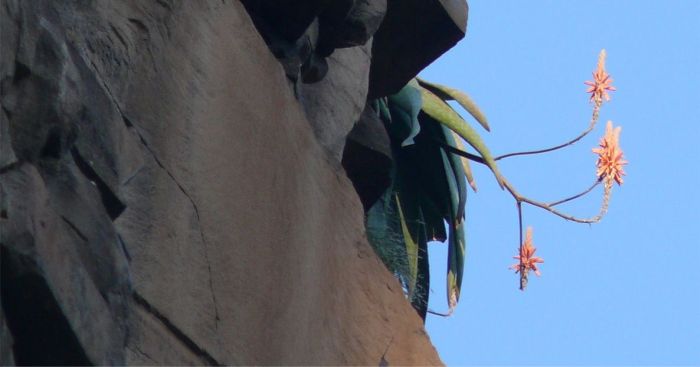
Figure 1. Aloe omavandae in flower in habitat at Omavanda, Baynes Mountain, northern Namibia.
Description
Description
Plants usually solitary, with pendent, leafy, succulent rosettes. The stem can be up to 220 mm long, 35–55 mm thick, with grey bark. The roots are grey-brown, 3–4 mm thick. Leaves numerous (up to 25 functional), triangular-lanceolate, 300–470 mm long, 65–85 mm in diameter at base, apex acute, mucronate, in a dense rosette, the latter with leaves drawn together (mitriform) during the dry winter season. The upper surface flat, but becoming channelled in distal half, pale green to grey-green, fading to pinkish green, sparsely white-spotted in basal third, lenticular spots irregularly arranged. The lower surface flat to slightly convex at first, becoming convex and shortly keeled toward apex, copiously white-spotted, with the lenticular spots arranged in obscure white bands. The margin armed with small, deltoid-acuminate, reddish brown teeth 1.0–1.5 mm long, 10–15 mm apart, projecting towards leaf apex and arising from the white leathery (cartilaginous) margin. Inflorescence 1 or 2 per plant, 500–700 mm long, drooping with 2–4 lateral branches in upper half, simple in young plants.
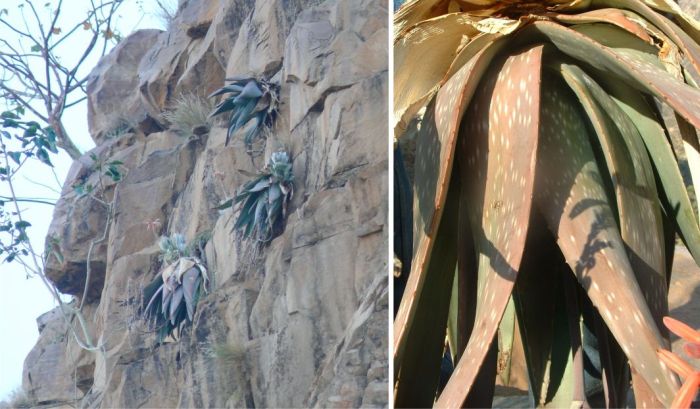
Figure 2. Aloe omavandae on a south-facing sandstone cliff and a close-up of the rosette, on the Omavanda Mountains (northern Namibia).
The racemes 250–300 mm long, the stalk of the inflorescence (scape) rounded on both sides (biconvex), 300–450 mm long, purplish, 10–15 mm in diameter at base, with powdery bloom, flattened at base for 30–70 mm; the flower stalks (pedicels) 8–10 mm long, lengthening to 12–14 mm in fruit. The bracts 12 × 3 mm, ascending, linear-lanceolate, acuminate, whitish, thin, scarious, channelled. The flowers (perianth) orange-red, grey-tipped in bud, cylindrical-trigonous, 23–25 mm long, 5 mm in diameter. Capsule erect, 10–15 × 6–10 mm. Seeds angular, winged, grey-black, 3 × 2 mm. Flowering time is mainly in winter (May–June).
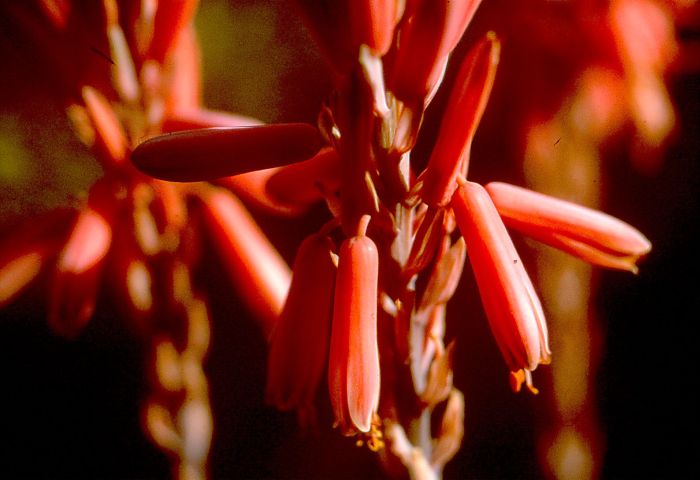
Figure 3. Close-up of the flower head of Aloe omavandae at Omavanda, growing on a south-facing cliff (northern Namibia).
Conservation Status
Status
Although Aloe omavandae is classified as Rare, it is not threatened.
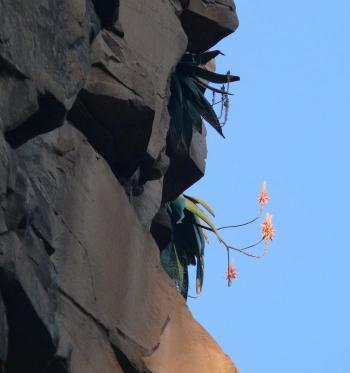
Figure 4. Aloe omavandae in flower on a cliff at Omavanda, northern Namibia.
Distribution and habitat
Distribution description
Aloe omavandae is endemic to the eastern Baynes Mountains of the Kaokoveld, northern Namibia. It is restricted to sandstone cliffs of the escarpment margin, from just west of Epupa Falls in the north, to Omavanda in the south and to Slangpoort in the west growing at 1 600–1 900 m altitude.
The habitat consists of sandstone cliffs of the eastern, western and southern margin of the Omavanda Plateau. The geology consists of sandstone of the Damara Sequence (Simplified Geological Map of Namibia, Geological Survey of Namibia 1980). Its substrate has many ledges, crevices and fissures and is ideal for establishment of plants and give rise to a slightly acidic soil. Plants of Aloe omavandae grow firmly wedged in crevices and the rosette becomes pendent from a young age. The plants are often locally abundant, but are always restricted to inaccessible places. The vegetation in the region below is arid mopane savanna, with several species of Commiphora prominent. Summers are hot, winters mild and without frost. Rainfall mainly in summer, ranging from 300–500 mm per annum.
The associated vegetation consists of arid savanna and at the top of the cliffs with species such as Albizia antunesiana and A. tanganyicensis, Combretum apiculatum and C. zeyheri, Entandrophragma spicatum, Kirkia acuminata and Mundulea sericea.
Associated cliff-dwelling succulent plants includes Aeollanthus rydingianus, Cotyledon orbiculata, Sarcostemma viminale and Kalanchoe lanceolata. Other non-succulent cliff dweller plants include Ficus bubu, F. glumosa and F. ilicina and Petalidium coccineum. On wider ledges species such as Cussonia angolensis, Nicotiana africana and Nuxia congesta are encountered.
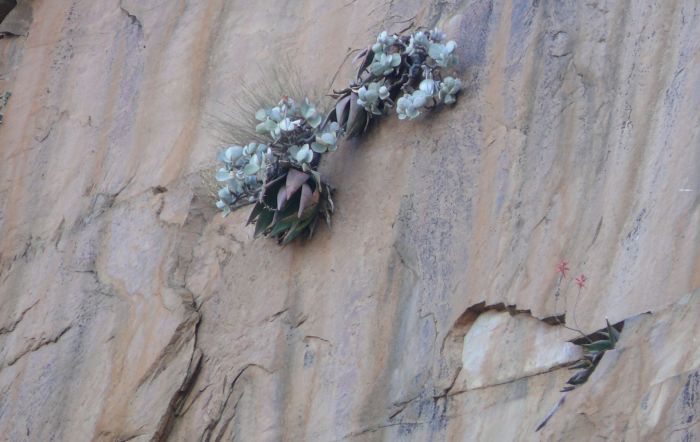
Figure 5. Aloe omavandae growing on a sheer rock face sharing its habitat with Cotyledon orbiculata var. orbiculata.
Derivation of name and historical aspects
History
Aloe omavandae was named by Braam van Wyk and the author in 2004 in the magazine Haseltonia, which specialises in succulent plants. It is named for its habitat, Omavanda, the highest mountain within the Baynesberg Mountains in northern Namibia. The aloe was encountered on an earlier expedition by Carl Hauman and the author after a strenuous walk and climb, but were only observed on an unreachable cliff on a northern outlier of the Baynes Mountains. Subsequently another expedition was arranged to the southern slopes of southern Omavanda where it was collected on a south-facing rock face with the assistance of ropes with the help of Anton Cilliers, Werner Voigt and Henk van Jaarsveld.

Figure 6. First unsuccessful attempt to collect a specimen in 2002 when Aloe omavanda was first noticed.
Aloe omavandae belongs to a group of 5 aloes belonging to series Percrassae Berger. Other members of this group include Aloe littoralis, A. esculenta, A. kaokoensis, A.mocamedensis and A. omavandae, mainly from arid savanna and desert in northern Namibia. Aloe omavandae is differentiated from these by its pendent growth, which is retained in cultivation. Aloe littoralis is tall, erect, single-stemmed; A. esculenta is proliferating, forming dense groups with ascending growth; and A. kaokoensis has a decumbent growth and occurs on steep slopes of the western Baynes Mountains.
Superficially Aloe omavandae also resembles A. corallina, another cliff-dwelling plant in the region that also has pendent leaf rosettes. Aloe corallina is confined to dolomite cliffs of the Otjihipa Mountains (western parts of the Baynes Mountains below altitudes of 1 000 m). Aloe corallina proliferates from the base, forming small groups with firm, narrower, glaucous, acuminate, falcate leaves, almost without teeth and without any white spots. Its flowers are similar to those of Aloe omavandae, but larger (30–32 mm long).
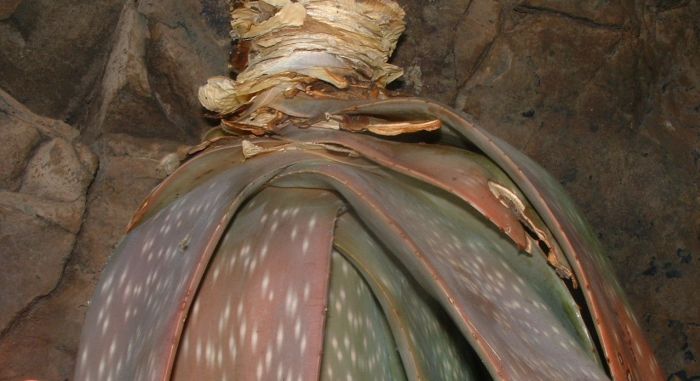
Figure 7. Close-up of basal part of the rosette of Aloe omavanda.
Ecology
Ecology
Pendent growth in cultivation is retained. Compared to related species series Percrassae, it is the smallest (Reynolds 1950). There is a general reduction in size (it is the smallest in the subsection). Its smaller size also allows for more effective anchorage of the rootstock (coping with gravity). Plants of smaller size can cope better with heat absorption under cool growing conditions, a general trend among winter-active succulent plants.
The small teeth on the leaf margins suggest a reduction in armament as a direct result of the reduction in herbivory because of the sheer cliff face. The herbivores that the plant has to deal with includes the Chacma Baboon (Papio ursinus), Rock Rabbit (Procavia capensis) and Klipspringer (Oreotragus oreotragus). When seed germinates on accessible sites the plants will be grazed by these herbivores, and the young inflorescences and soft new young stems eaten by the baboons.
The young inflorescence, drooping at first but curving upwards as it matures, presents the racemes in the typically erect position, however, the flowers remains pendent. Pollination is by local sunbirds.
The seed capsule ripens in spring and early summer with the start of the rainy season and the period of greatest occurrence of rainfall. Seeds are 3 × 2 mm, an ideal size for establishment in crevices. As the capsule matures it is held in an erect position. Strong gusts of wind enables the seed to become air borne when the light, angular seeds are shaken from the capsules and scattered onto the cliff.
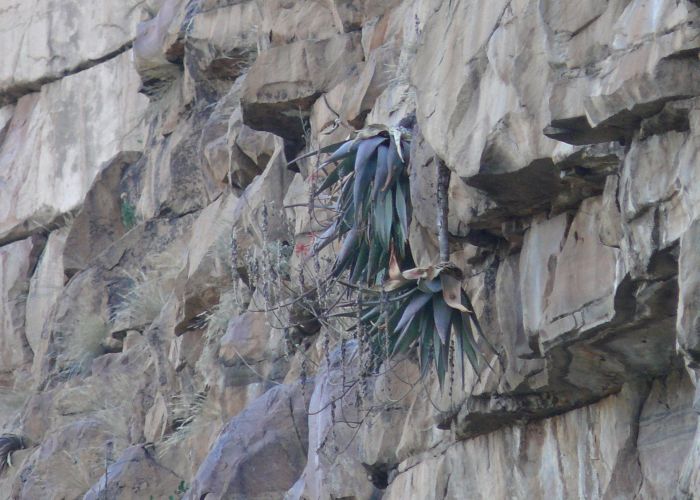
Figure 8. Aloe omavandae in fruit on a sheer cliff at Omavanda, northern Namibia.
Uses
Use
It is not known whether the plants are used medicinally.
Growing Aloe omavandae
Grow
Aloe omavandae is best grown in dry bushveld (savanna) gardens. It does well in a sandy, well-drained soil. Keep dry in winter. Grow on a steep slope or sheer embankment which allows for the aloe to become pendent (Van Jaarsveld 2006). Plants can be grown from seed. It is best grown as a specimen pot collection outside its native habitat . In moist environments, plants may become prone to fungal crown rot.
Outside its habitat, plants should be grown in a heated greenhouse where the climate can be simulated. It grows very well in the conservatory at Kirstenbosch National Botanical Garden, as well as the succulent house at Babylonstoren Farm. Plants perform well in sandy, slightly acidic soil. Add compost and occasional organic liquid fertiliser. Water well in summer and early autumn, but water should be withheld from late autumn to spring.
Propagate by seed sown in spring and summer. Seed is fine and can be sown in a sandy mixture and covered with a thin layer of gravel or sand. Keep moist. Remove seedlings as soon they are large enough to handle.
In moist climates the fungus Fusarium can damage the roots. Best to add Trichoderma, a fungal biological control agent. Aloe cancer caused by microscopic small mites can sometimes be troublesome causing distorted growth of the inflorescence or stem but is easily treated with a paint brush and Carbaryl mixed with water. Paint the infected cancerous portion.
References
- Reynolds, G.W. 1950. The aloes of South Africa. Trustees of the Aloes of South Africa Book Fund, Johannesburg.
- Van Jaarsveld, E.J. 2006. Cultivation of South African and Namibian cliff-dwelling succulents with pendent growth forms. Cactus and Succulent Journal (U.S.) 78(6): 268–283.
- Van Jaarsveld, E.J. & Van Wyk, A.E. 2004. Aloe omavandae (Aloaceae), a new species from the Kaokoveld, northwestern Namibia. Haseltonia 10: 41–43.
- Van Wyk, A.E. & Smith, G.F. 2001. Regions of floristic endemism in South Africa. A review with emphasis on succulents. Umdaus Press, Hatfield, Pretoria
Credits
Ernst van Jaarsveld
Kirstenbosch National Botanical Garden (Retired 2015)
Babylonstoren Farm
Extraordinary senior lecturer and researcher,
Department of Biodiversity and Conservation, University of the Western Cape.
January 2021
Plant Attributes:
Plant Type: Succulent
SA Distribution:
Soil type: Sandy
Flowering season: Winter
PH: Acid
Flower colour: Red, Orange
Aspect: Full Sun, Shade, Morning Sun (Semi Shade)
Gardening skill: Challenging
Special Features:
Horticultural zones








Rate this article
Article well written and informative
Rate this plant
Is this an interesting plant?
Login to add your Comment
Back to topNot registered yet? Click here to register.